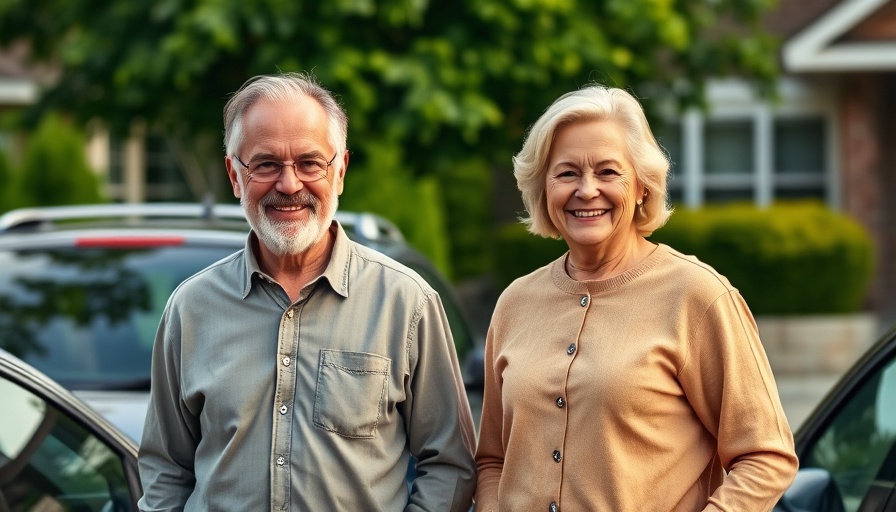
Los Angeles: A Shining Beacon of Hope Amid Declining Homicide Rates
The City of Los Angeles is making headlines for all the right reasons this year. Recent reports indicate that the city is on track to record the lowest homicide total in nearly six decades, with a remarkable reduction of more than 20% in the first half of 2025. As of June 28, only 116 homicides were reported, a significant drop from 152 during the same period last year. This trend reflects not only the efforts of law enforcement but also a broader shift in societal conditions across the nation.
Understanding the Trend: The Bigger Picture of Falling Homicides
The sharp decline in homicide rates in Los Angeles mirrors a nationwide phenomenon, with cities like Baltimore and Detroit observing similar reductions. According to Charis Kubrin, a professor of criminology at UC Irvine, the fall in homicide rates is part of a broader trend rather than a response to a single factor. She asserts, “We’re seeing homicide rates go down all across the United States.” This decline is particularly heartening for communities that have historically struggled with high violence levels.
Historical Context: Why Now?
Homicide data for Los Angeles were not consistently recorded in the 1970s, making the current numbers particularly noteworthy. Nevertheless, experts agree that understanding the roots of this reduction requires examining the societal changes following 2020—namely the stress, divisiveness, and economic difficulties many faced during the COVID-19 pandemic. These factors may have contributed to increased collaboration among community leaders and law enforcement, fostering environments of safety and cooperation.
The Local Impact: Neighborhood Transformations
For residents of South Los Angeles, the change is palpable. Neighborhoods like the LAPD’s 77th Street Division, which previously recorded some of the city’s highest homicide rates, have experienced significant reductions in violence. From a peak of 63 homicides in 2021 to just 38 last year, the streets are becoming safer for families and children. Similarly, the Southeast Division, covering areas like Watts, has witnessed its homicide number decrease by more than a third, offering hope to communities burdened by the statistics of past years.
Addressing Challenges: The Role of Law Enforcement
Despite promising statistics, it’s crucial to acknowledge that violent crime still lingers in various parts of the city. The LAPD continues to face challenges, particularly regarding community trust and police practices. Recent headlines have highlighted concerns regarding immigration sweeps and police accountability, emphasizing the need for ongoing dialogue and reform to enhance public safety while respecting civil rights.
Community Connection: The Importance of Collaboration
The positive trend in homicide rates can be attributed not only to law enforcement but also to community engagement. Stronger police-community partnerships have by necessity become a focal point for programs aimed at addressing the root causes of crime and fostering a sense of collective responsibility. As local organizations step in to support preventive measures, community-driven initiatives bring us closer to solutions that promote overall well-being—both physically and mentally.
Future Predictions: A Hopeful Outlook
Looking ahead, the need for continued vigilance and collaboration remains essential. Experts warn against making conclusions based solely on year-to-year data, advocating instead for long-term commitment to strategies that enhance social cohesion and address socioeconomic disparities. As Los Angeles moves closer to achieving its lowest homicide rates in decades, it's clear that strong community involvement and positive change are central to sustaining this trend.
Your Role in Community Safety
Living in an area with declining homicide rates is encouraging, but it also calls for individual and collective responsibility from all residents. By actively participating in local events, discussing community safety, and advocating for healthy outlets for youth, Bakersfield residents can play a role in encouraging similar positive changes in their neighborhoods. Communities flourish when everyone lends a hand—let’s take proactive steps toward a future of safety and community empowerment together!
If you’re interested in contributing to your community's well-being or learning about ways to promote safety and support networks in your area, consider reaching out to local organizations focused on these objectives. Your voice matters, and together, we can build a safer, more connected future for everyone.
 Add Row
Add Row  Add
Add 



Write A Comment